By Walter Smith

Failure has a bad connotation, but if we persevere, we can ultimately succeed. I like to say that we fail forward in each new endeavor until we finally succeed.

I have been installing Helical Piers and Anchors since 1988 – probably before some of you were born! I started in this industry just as the first underpinning bracket was developed and produced. Honestly, the initial model was not very good, but it was a start. The bracket wanted to rotate when the load was applied because it was not wide or strong enough. After a number of improvements, however, it evolved into the very strong, well-designed bracket it has been for some time.
I received a call from an engineer in Washington, DC. He was working on a project to build a walkway through the wetlands in Huntley Meadows Park, just south of Washington, D.C. I was a bit green at that time, but I had a great mentor: Lee Goen, an engineer at in Missouri. Lee has kept me out of trouble for the last 25 years! Lee and I helped develop the walkway bracket (also referred to as the beam seat bracket). This bracket can resist lateral movement (and, in some cases, uplift) inherent in many elevated walkways. The benefits of helical piers for wetland walkways are:
- they can be installed with hand held equipment (a must in many wetlands) or mini excavators
- they are galvanized and therefore resist corrosion
- the helices resist down pressure and frost heave
- the piers do not contaminate the wetlands
- they install quickly (rates of 25 to 40 piers per day are typical)
- all piers installed typically have a safety factor of two to resist the loads applied to them
I remember that my boss at the time commented that this was a good-sized job, but we would probably not see another one for some time. Suffice it to say that there have been many thousands of helical piers installed in wetland areas for walkways and observation decks in the last 25 years. We have estimated that our piers in walkway applications will outlast the life of three wooden decks.

Several years later, as part of an Appalachian Walkway job, an 190-foot clear-span cable-stayed bridge was built in Northern New Jersey. Prior to construction, the engineer, Tibor, called me knowing almost nothing about helical piers. He had been investigating several types of piling and concrete dead men, but could not find anything that would work efficiently and would easily install far off of the paved road. Our conversation lasted two hours and at the end, he was convinced the use ofhelical piers would make the job feasible. The helical piers and anchors would handle the loads of the bridge successfully, and they could be installed out in the middle of the field, more than a half mile from the nearest road. The compression piers were installed under the bridge columns, and the tension anchors anchored the bridge cables. The compression beam seat brackets were not used on the bridge, but they were used on the walkways on both sides of the bridge that spanned the wetlands. It is still in service today, and doing very well.

A third innovation of helical piers is the helical anchors for boat moorings. In addition to resisting corrosion, we developed a termination that allows the boat to move around with the tide and not twist the line around the anchor. The helical anchor holds a higher load then the typical boat anchor. This allows you to shorten the scope of the rope to the boat, which allows for additional boats to be located in the mooring field. Many insurance companies recognize the superiority of the helical anchor mooring and give a discount to the boat owner on their insurance policy. The seaside community of Marion, MA, with multimillion-dollar yachts at anchor, requires helical moorings in the town harbor for boats over 25-feet.

These are just a few of the many innovations in the helical pier and anchor field that have added to the superiority of an already excellent product – but more on them another time.
_________________________________________________________________________
Walter Smith is Danbro Distributor’s Installation Field Specialist and Territory Manager for Central & Northeastern PA, Hudson Valley and Upstate NY, Delaware, Maryland, and Virginia. With over 20 years in the helical pile industry, Walter guides all new installers through their first job.


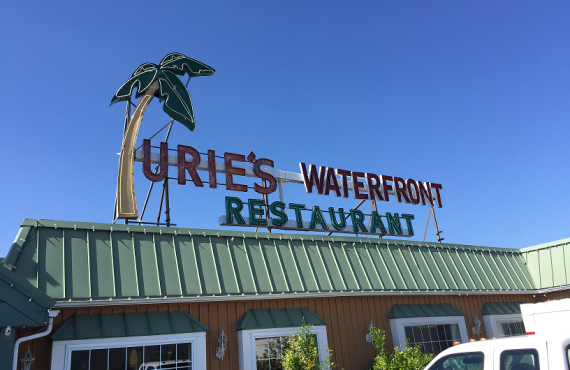
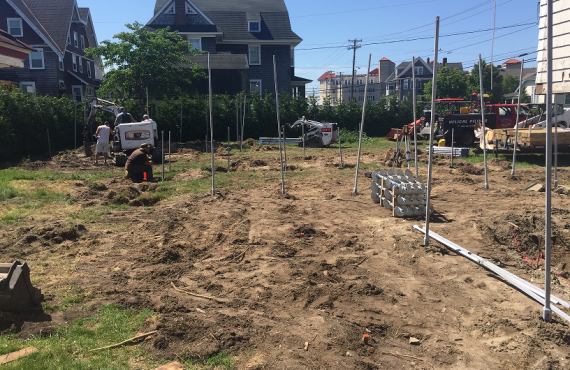
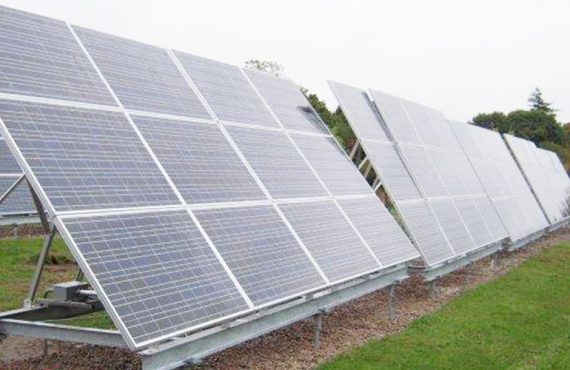
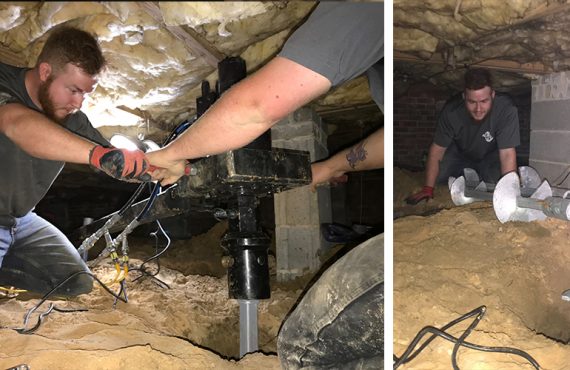
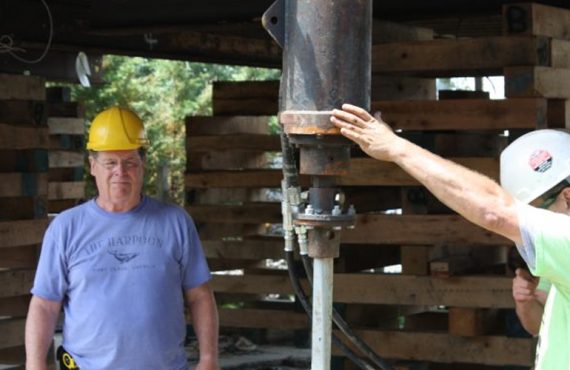
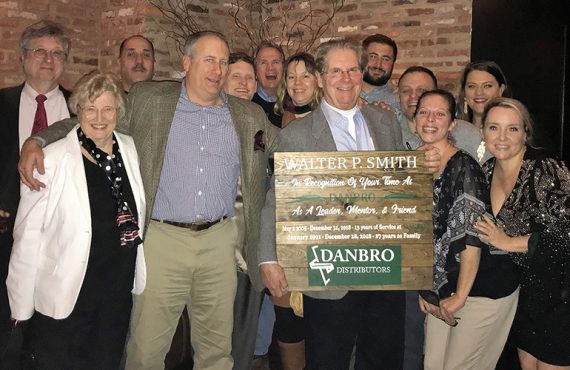
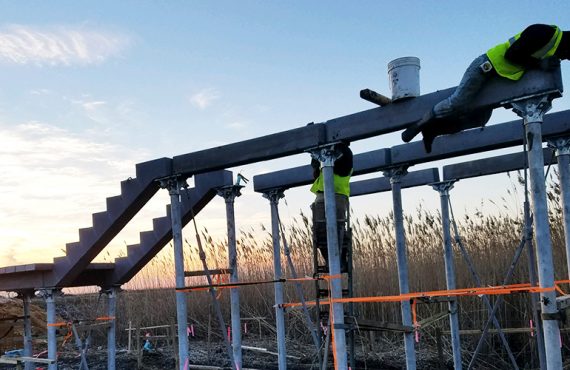
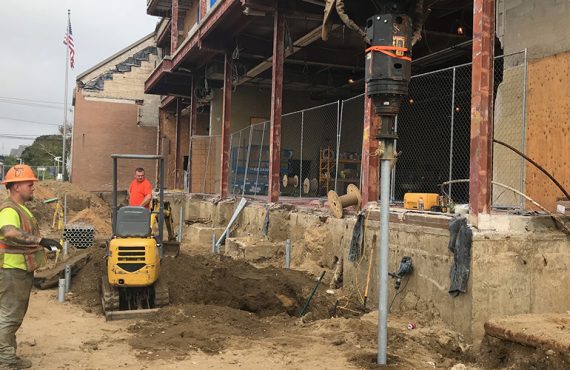
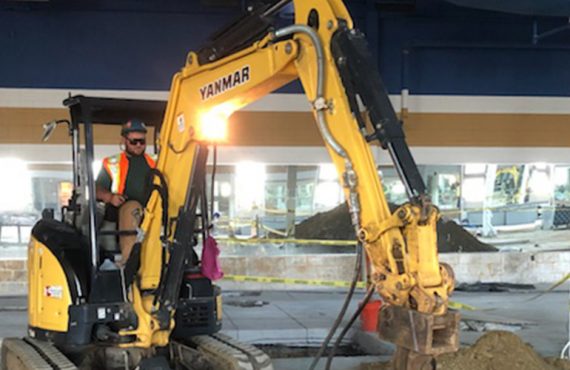
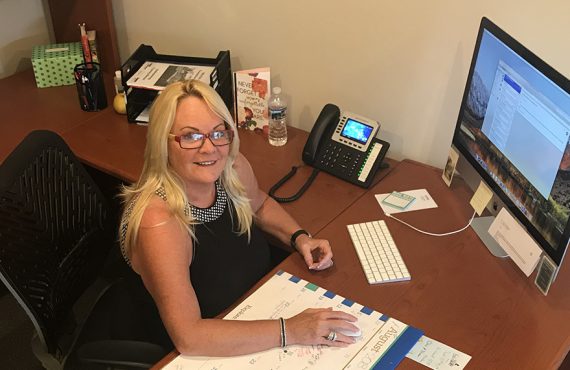
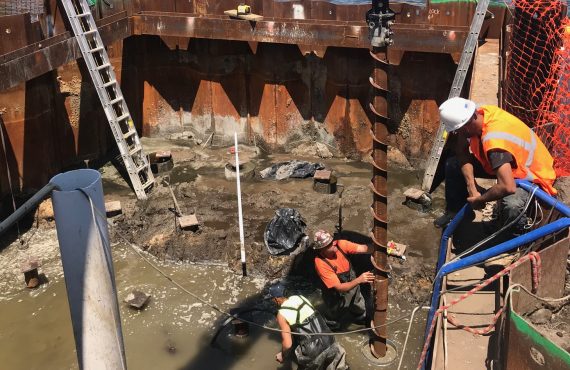
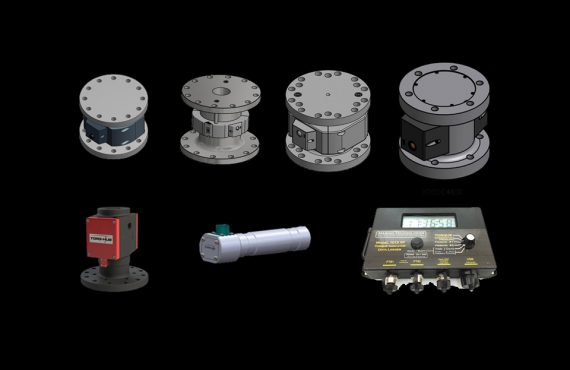
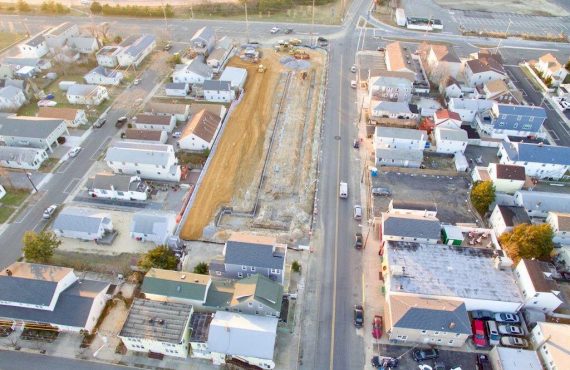




Nice work Walter…you are the best of the best, thanks to you I now take pride in every helical pile installation that I do. Prepare,do it right…do it right the first time.
We agree – Walter is the best!
Thank you, Silvio. I appreciate your kind words. Preparation is key!
[…] To learn about other applications Lee has worked on, check out Walter Smith’s article, “Innovation Takes Trial and Error.” […]